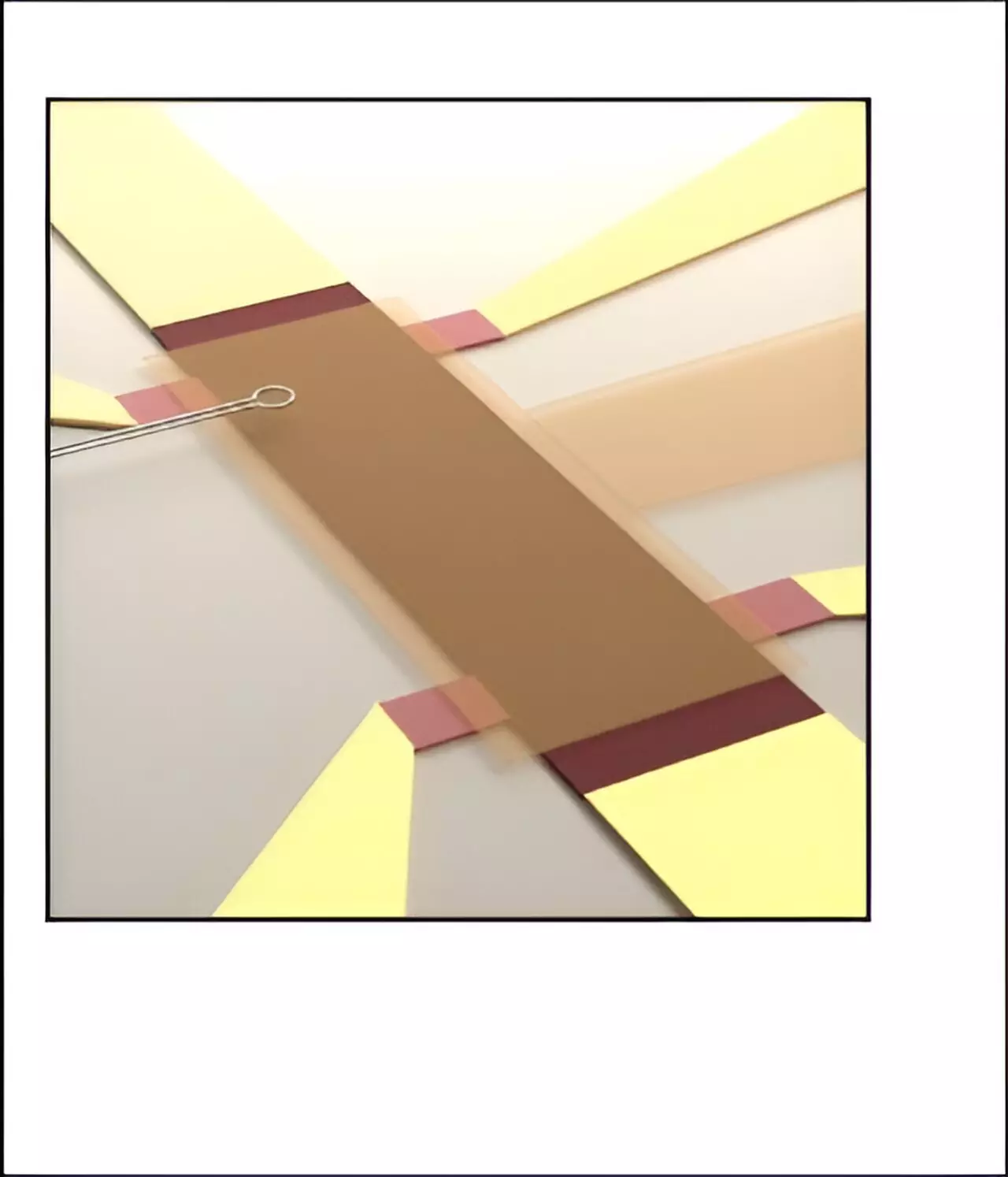The phenomenon of topological protection is a cornerstone of contemporary physics, offering a remarkable stability of certain physical phenomena against myriad perturbations. However, this robustness comes at a cost: it results in a form of “topological censorship,” effectively obscuring critical microscopic insights that could shed light on the underlying mechanisms at play. The recent groundbreaking work by researchers Douçot, Kovrizhin, and Moessner published in the *Proceedings of the National Academy of Sciences* aims to penetrate this veil, introducing new theoretical frameworks that address the limitations imposed by topological censorship.
In 2016, the Nobel Prize in Physics was awarded to David J. Thouless, F. Duncan M. Haldane, and J. Michael Kosterlitz for their pioneering discoveries related to topological phase transitions and the exotic phases of matter that emerge under specific conditions, particularly at low temperatures. Topological states, characterized by their geometric configurations, exhibit unique properties that stem from the quantum nature of their wavefunctions. These states stand in contrast to conventional phases of matter—like solids, liquids, and gases—by showcasing extraordinary resilience to external influences. To unravel such states, a comprehensive understanding of their global and local properties is essential.
While topological protection assures that certain experimental outcomes remain invariant even under simplified models, it simultaneously hinders access to crucial data about local features of these quantum systems. This situation draws an intriguing parallel with black holes, where information about internal states is hidden behind an event horizon. In the framework of the quantum Hall effect, where electrical currents are typically thought to flow exclusively along the edges of a conductor, topological censorship conceals essential microscopic details. Notably, the conventional understanding has often relied on this edge current picture, which has dominated theoretical analyses and experimental validations.
However, recent experiments conducted by scientists at Stanford and Cornell unveiled unexpected phenomena in Chern insulators, materials that can manifest topological properties without requiring magnetic fields. These pioneering studies revealed that currents could be modulated not just along the edges but could also exhibit a substantial presence in the bulk of the material. This realization poses significant challenges to the traditional belief that topological protection confines current flow to boundary states, revealing a complexity that previously escaped scrutiny. Such findings indicate the necessity for revised theoretical perspectives that encapsulate these anomalies.
The theoretical framework proposed by Douçot, Kovrizhin, and Moessner breathes new life into the discourse surrounding topological states by elucidating mechanisms that facilitate bulk transport in Chern insulators. Their analysis identifies a meandering edge state capable of sustaining quantized currents—resembling a flowing river more than a rigid canal. Through this innovative lens, the authors directly address vital questions concerning the spatial distribution of charge currents within Chern insulators. Their theoretical underpinnings demonstrate a remarkable alignment with experimental observations, thus offering a path towards a comprehensive understanding of the behavior of these topological phases.
The implications of this research extend beyond mere theoretical insight. By challenging existing paradigms surrounding topological protection, it encourages multidisciplinary collaboration between theorists and experimentalists, fostering a symbiotic relationship that could pave the way for future innovations—especially in the context of quantum computing. As the excitement around topologically protected qubits continues to build, the unraveling of topological censorship opens doors to previously uncharted realms of quantum matter.
In essence, the journey to understand topological protection and censorship has taken a thrilling turn, catalyzed by new findings that question long-held beliefs. This new theoretical investigation not only elucidates local phenomena but also challenges us to rethink our approaches towards experimental validations of topological states. As researchers continue to explore this landscape, the results promise to redefine our comprehension of quantum mechanics, potentially yielding more nuanced and powerful applications in cutting-edge technologies. The veil of topological censorship may finally be lifting, heralding an era of deeper insight into the complexities of the quantum world.


Leave a Reply